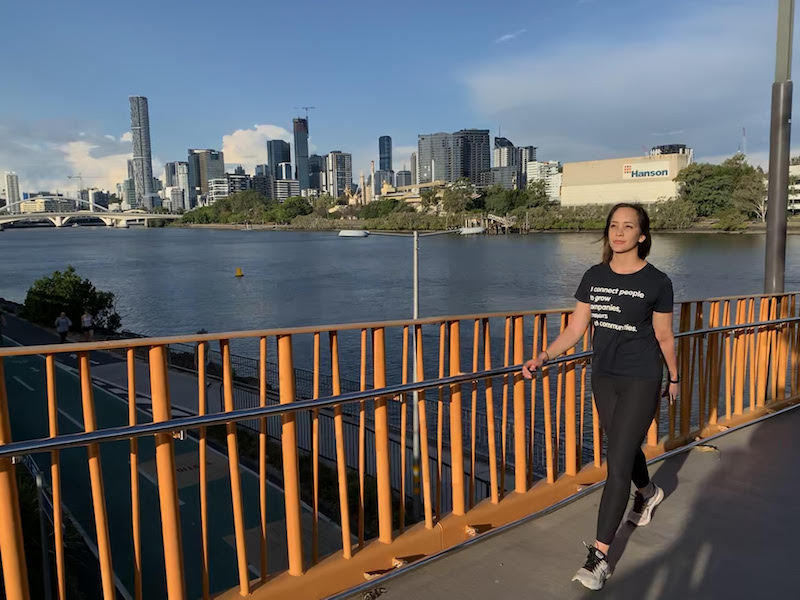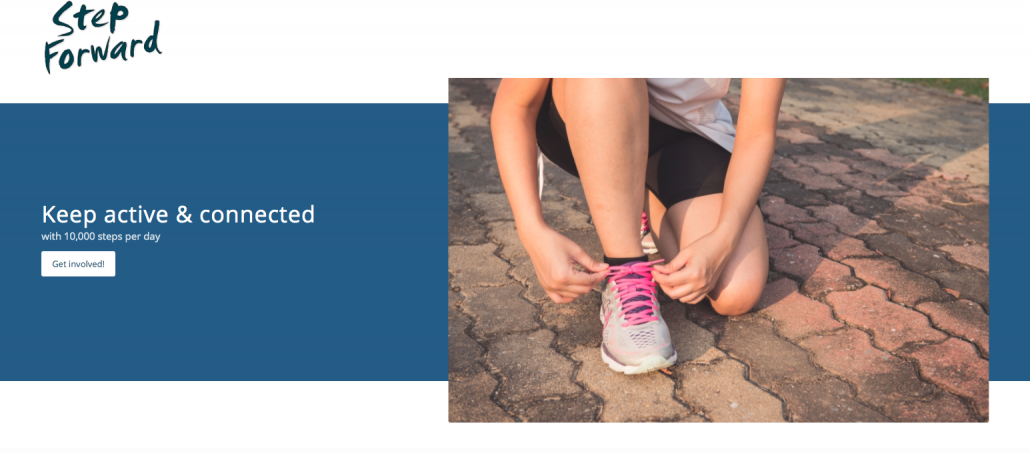How Australian organisations are stepping forward
The past few months have certainly been disruptive. After so much change, we wanted to share some positive news stories about how Australian organisations have been adjusting. Here’s what REDI.E, City of Nedlands and Employment Office are doing to adapt, adjust, look after their team members and invest in their long-term talent strategies.
Promoting employer branding and talent pooling
One of our clients, Regional Enterprise Development Institute (REDI.E), is an Indigenous owned and managed organisation delivering training and community services in the Murdi Paaki region (Western NSW) to Indigenous communities.
In light of the escalating COVID-19 crisis, REDI.E made the difficult decision to cease all program operations in March, for the safety and protection of the most vulnerable people in NSW.
CEO, Tracey Shillingsworth, said, “We had to take a proactive approach to protecting our communities and use better delivery methods to continue our most important services and support.”

Tracey Shillingsworth, CEO, REDI.E
The team has embraced virtual technology and alternative service delivery methods. Tracey has helped the organisation adapt by bringing the power of community to the forefront in an isolating environment. REDI.E called on age-old traditions and the collaborative endeavours of their esteemed Elders: talking, keeping communities informed and ensuring they receive valuable feedback.
With respect to their recruitment strategy, REDI.E is using this time to proactively build their talent pool and keep potential candidates warm and engaged through email marketing and social media.
“Talent pooling is very important to us because we have such a wide exposure of work opportunities in Western NSW. Talent pooling allows me and the senior executive team to communicate with the right people and not waste months advertising for roles. Our whole recruitment process has been significantly reduced. It’s fantastic for employers to know that there are candidates in your pipeline who are already familiar with and appreciate your brand and are interested to work with the community.”
REDI.E is continuing to promote and share their employer brand and Employee Value Proposition (EVP). They’re sharing honest stories about the challenges their team members and communities have faced with physical distancing restrictions and working from home. (A number of news sources have shared why organisation should promote employee stories now more than ever.)
“We’ve provided our team with a lot of flexibility. Our team is very skilled and we’ve been providing additional leadership, mentoring and support for them during this time.”
Embracing work-from-home and eLearning solutions
Aside from talent pooling, other organisations have used the past few months as an opportunity to invest internally in their team through digital learning solutions.
City of Nedlands was fortunate to implement their eLearning platform prior to lockdown going into place in March. They managed to make the work-from-home switch quite efficiently.
“We managed that change quite well by identifying everyone who could work from home, making the transition in three days!” said Shelley Mettam, Manager – Human Resources and Organisational Development. “We have a great IT department and we’re mostly working from the cloud.”

Shelley Mettam, Manager Human Resources & Organisational Development, City of Nedlands
“Now, we’re phasing back onsite work and we have some outdoor workers, but not everyone will return or work from the office at once. Our team has a good capacity to work from home and we’ve set them up with all the tools they need to work effectively.”
While their team members have been working hard, City of Nedlands has used this opportunity to offer training.
“We’ve started offering training to our management team and we have plans to expand this out. There is certain mandatory training, such as fraud, that everyone has to have. We plan to have a training library where people can self-select the topics they’re interested in learning about. We’re going to obtain feedback from managers about what kind of training they think their team would be interested in.”
Making the switch from in-person conferences, seminars and meetings to eLearning has helped them make cost savings.
“It’s certainly helped our budget; it’s a very cost-effective method of delivering training. Even as restrictions ease, we want to encourage our people to do online learning and webinars instead of meeting in large groups. We did some thought-awareness training and everyone found the system very easy to use.”
The Council is currently making arrangements to facilitate the transition back to the office.
“It’s an ongoing process and we’ll likely offer work-from-home options for our people into the future. We have a rotating roster of people coming in and out, and we’re taking a flexible approach to start times. We’re working with managers to determine who can work from home. It’s an opportunity for us to free up parking, reduce long commute times, and offer our people greater flexibility.”
Increasing engagement through corporate wellness initiatives
At Employment Office, we’ve experienced a number of changes too. While our team members were working from home, we’ve hosted fun virtual events outside of office hours, as well as only daily video conferencing to share good news stories and stay connected.
As we’ve returned to the office, we’ve establishing seating arrangements so everyone is at a safe and comfortable distance, increased cleaning initiatives, free parking, hand sanitising stations, and recommendations to wash hands, limit meeting areas and comply with physical distancing regulations.
We’ve also kicked off a new initiative to increase engagement through corporate wellness. Our home-grown charity Healthy Workplaces designed a new, free app, called Step Forward. The Step Forward app that’s keeping people across Australia and around the world active and engaged by encouraging them to reach 10 000 steps per day.
We’ve had a number of sponsors and participants from all around Australia. Participants can join the sponsored event weeks, and take as many steps as possible for the chance to win prizes.
“The second week of the Step Forward challenge was sponsored by my organisation,” said Susanne Mather, Executive Director for Employment Office. “I thought this is a sporting event that I can actually win! And that was very fun and exciting.”

Susie Mather, Executive Director, Employment Office
Interestingly, many people don’t reach the recommended minimum 10 000 steps per day.
“I was really surprised when everyone started on the Step Forward App that, not only was I not averaging 10 000 steps per day (which I thought I would have been!) but no one was. That was a big realisation for us all.”
Interestingly, our people have found that health initiatives like these have positive, unexpected flow-on benefits.
“During the week I averaged 32 000 steps per day, what I found was that it had a long-term residual effect on my fitness,” said Susanne. “Ever since then I’ve been stronger and fitter, which has been great!”
Feedback from our team members has been that they’ve loved participating in the weekly walking challenges.
“I really liked being able to see where everyone was at,” said our Shortlisting & Selection Team Leader Christie Pollock. “That gave me more motivation to keep walking (sometimes well into the night!). And although I felt like I needed a week to recover, I’m aiming to make 10 000 steps per day my new normal.”

Andrea Davey, CEO of Scout Talent Group, participating in Step Forward
During this period of re-adjustment, many organisations are using this time to adapt and invest in long-term initiatives for the future. Changes to the workplace will flow from these realignments, and those that prioritise physical and mental safety of their employees will succeed.
If you’re interested in exploring talent pooling, eLearning, or corporate wellness solutions, contact us on 1300 366 573 or email info@employmentoffice.com.au.


